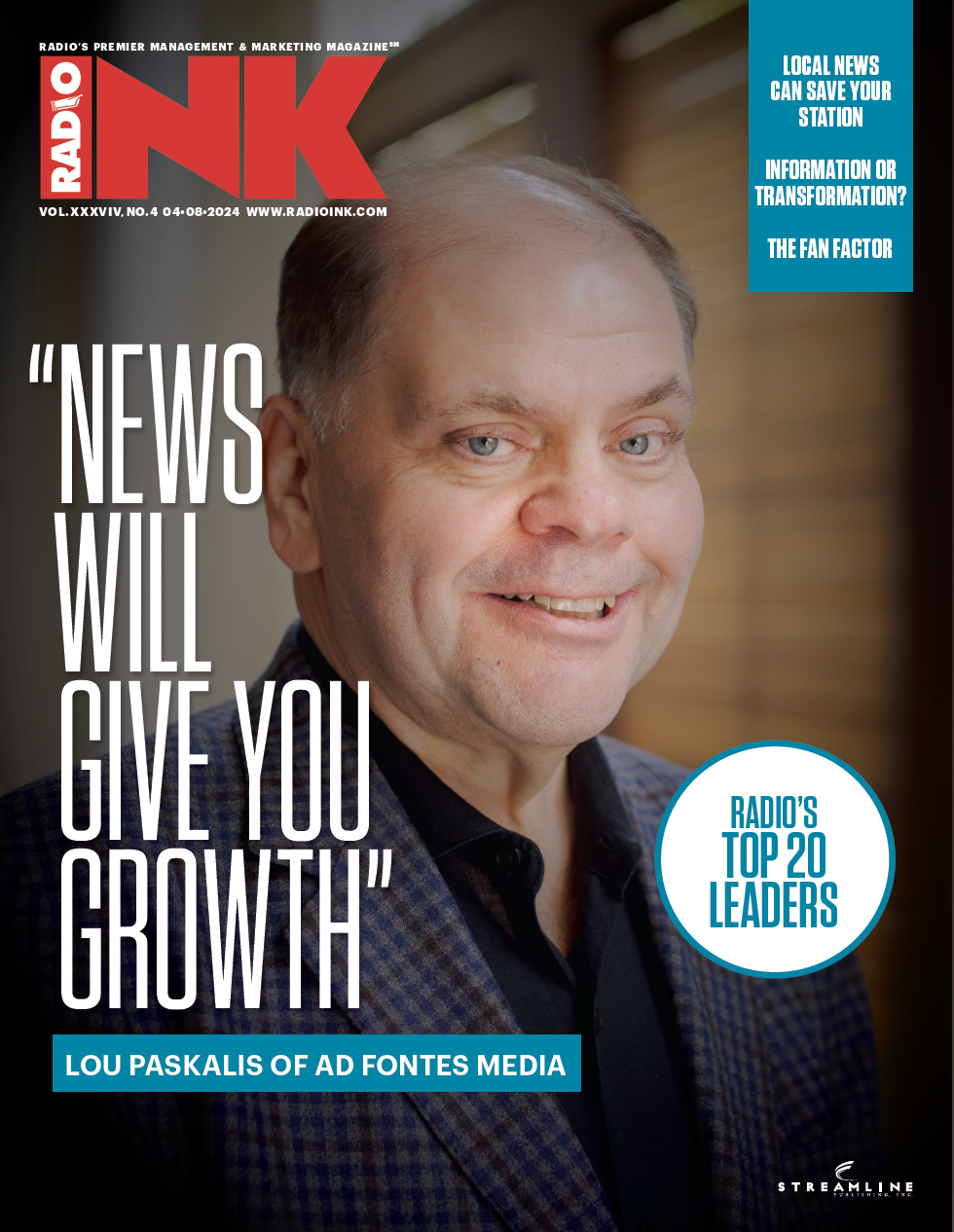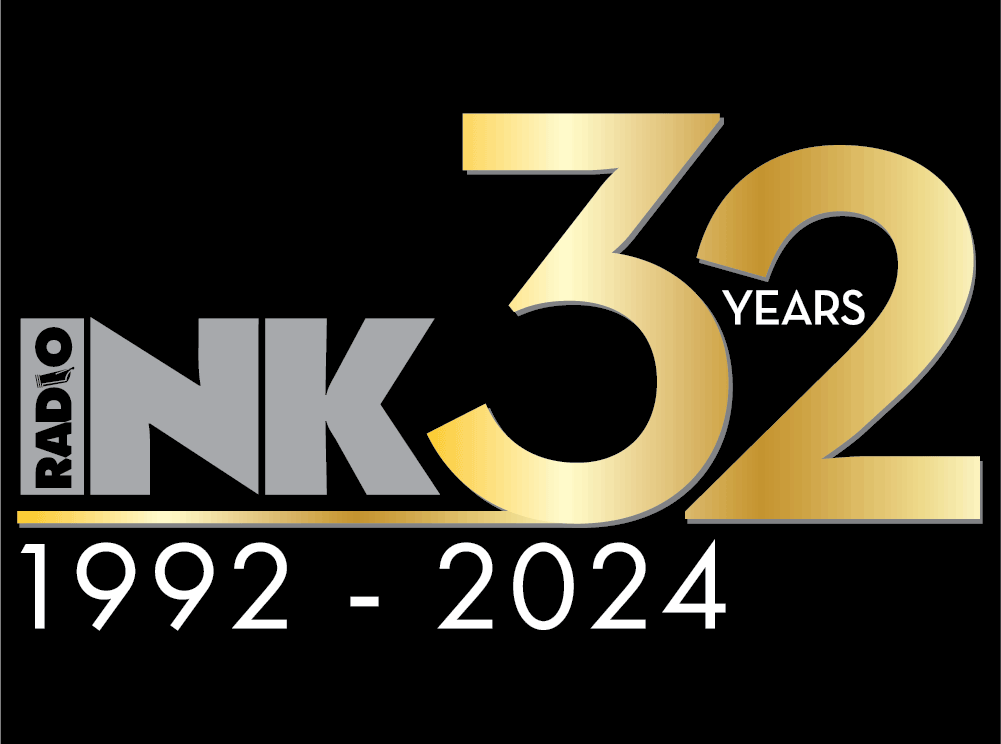
So much for those who think advertisers are moving away from digital due to fraud and poor results. The Interactive Advertising Bureau announced on Wednesday that digital advertising revenues in the United States for the first half of 2017 surged to an all-time high of $40.1 billion. That’s a 23 percent increase over the first six months of 2016 ($32.7 billion). Ten years ago, the first half total was under $10 billion. So where did all that money go in 2017? Let’s dig in…
Mobile captured 54 percent of total digital ad revenues—maintaining its status as the Web’s leading ad format. Advertisers spent $21.7 billion on mobile during the first six months of 2017, a 40 percent increase from $15.5 billion in half-year 2016 and far surpassing the $8.2 billion reported just two years ago in HY 2015.
Digital audio advertising, including mobile and desktop, generated $603 million in HY 2017, a 42% increase over HY 2016’s revenue of $425 million.
NOTE: BIA projects that radio will take in about $886 million in digital revenue in all of 2017.
Social Media advertising, including mobile and desktop, brought in revenues of $ $9.5 billion in HY 2017, a 37% increase over the $7 billion in 2016.
The IAB says that of the roughly 9 million small and medium-sized businesses in the U.S., 75 percent or more have spent money on advertising. Of these, 80 percent have used self-service platforms and 15 percent have used programmatic advertising.









Radio insists that the telling of “the story” is what it’s going to take to turn this crippled elephant around and to get it to rip trees from the ground and carry them to market where premium prices will be paid.
What radio refuses to accept is that, among other faulty services, it produces lousy commercials – unworthy to take to the street with any expectations that advertiser’s fortunes will be mightily enhanced if only they would run a fleet of “spawts” on “Wonderful WXXX – Buffalo Groin’s Best Music”.
“The story”, meanwhile, is a good one, what with the atomic reach radio still enjoys an’ stuff. But it is not even close to what it is going to take. Just watching the elephant’s behaviours and looking into its eyes will reveal the evidence of its rage.